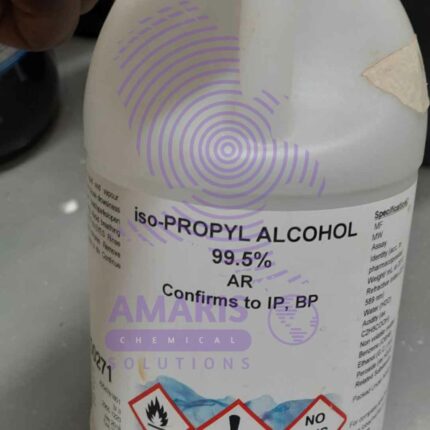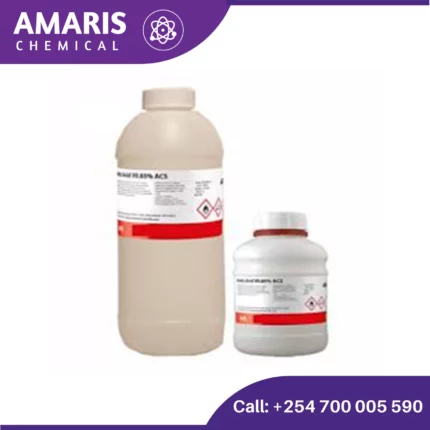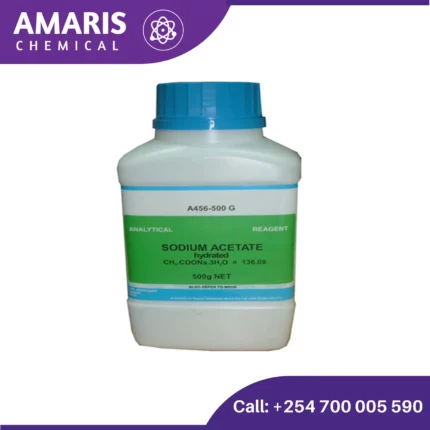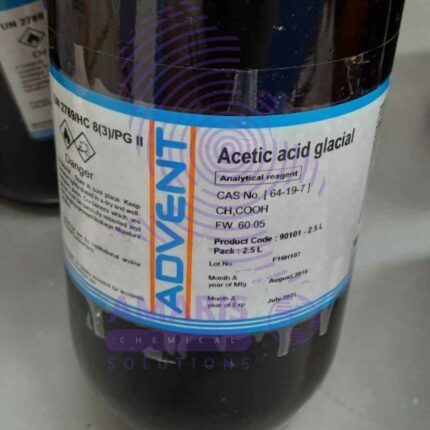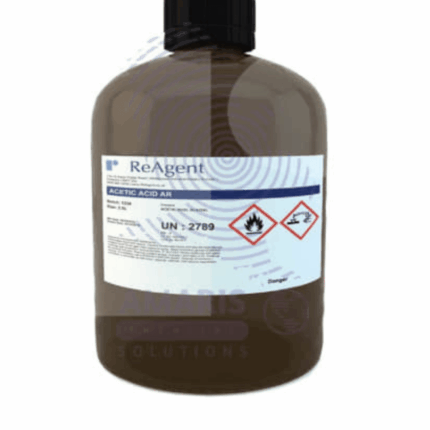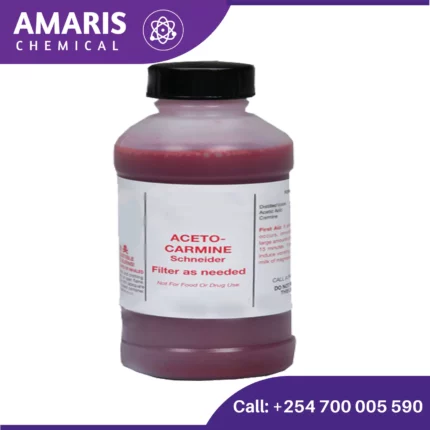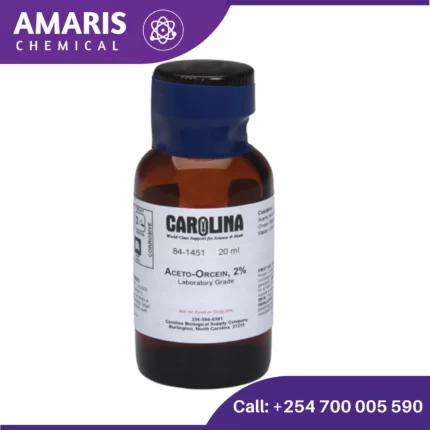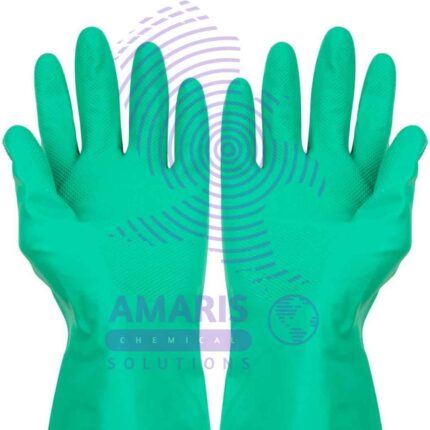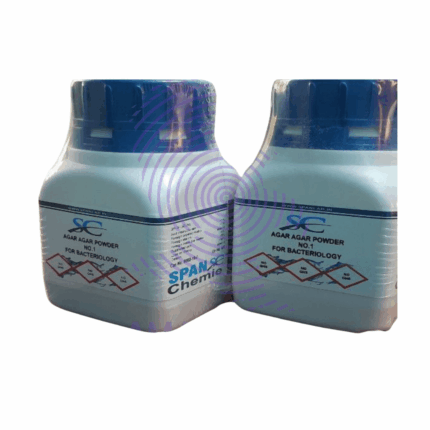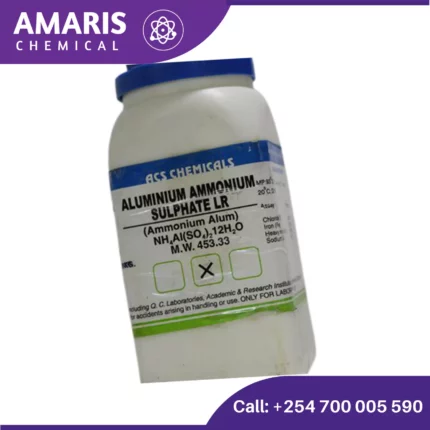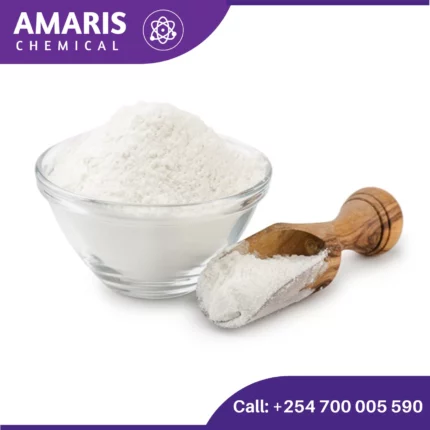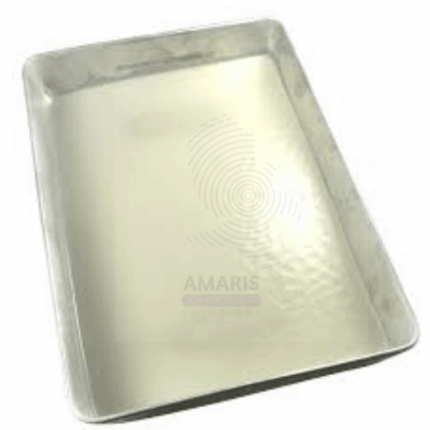2 Propanol 2.5 litres (IPA)
Isopropyl alcohol (IPA), also known as 2-propanol, is a colorless, flammable chemical compound with the molecular formula C3H8O. It is a type of alcohol that is commonly used as a solvent, disinfectant, and cleaning agent in a variety of industries, including healthcare, manufacturing, and electronics. IPA is often used as a disinfectant because it is effective at killing a wide range of microorganisms, including bacteria, viruses, and fungi. It is also commonly used as a solvent for oils, resins, and gums, and as a cleaning agent for electronic devices and other equipment.
Absorption Tower
A laboratory absorption tower is a scaled-down version of an industrial absorption tower used for experimental purposes within a laboratory setting. It is a specialized piece of lab apparatus designed to investigate the principles of gas-liquid absorption or scrubbing processes under controlled conditions.
Typically, a lab absorption tower consists of a glass or transparent column filled with a packing material or trays to facilitate the gas-liquid contact. It is equipped with inlet and outlet ports to introduce the gas stream and remove the treated gas after absorption. Additionally, there are ports or connections to introduce the liquid solvent and monitor its flow rate. The tower may also have temperature and pressure control mechanisms to simulate specific conditions relevant to the experiment.
Laboratory absorption towers are essential tools for researchers, chemists, and engineers to study the behavior of gases and liquids during absorption processes, optimize process parameters, and assess the efficiency of different solvents or packing materials. These experiments contribute to the development and improvement of industrial-scale absorption systems and help in solving environmental challenges related to air and gas pollution.
Acetaldehyde
Acetaldehyde is a simple organic compound with the chemical formula CH3CHO. It is a colorless liquid with a pungent, fruity odor. Here are some key points about acetaldehyde:
- Chemical Structure: Acetaldehyde consists of two carbon atoms, one oxygen atom, and four hydrogen atoms. Its structure is CH3CHO, where the carbon atom in the middle is doubly bonded to an oxygen atom and singly bonded to a hydrogen atom and a methyl group (CH3).
- Occurrence: Acetaldehyde can be found naturally in various ripe fruits, coffee, and heated milk. It is also produced by the oxidation of ethanol (alcohol) by enzymes in the liver and other tissues in humans, making it an intermediate product in alcohol metabolism.
AcetateSodium 500gm
Acidulants, Analytical Reagents, Excipients, Microbiology and Cell Culture Reagents, PH Adjusters, Preservatives
Sodium acetate is a compound with the chemical formula CH3COONa. It is often found as the trihydrate form, meaning it has three water molecules attached to the acetate ion. This compound is commonly used in various industries, including food production, where it serves as a preservative or acidity regulator. In chemistry, it's used in buffers and sometimes as a reagent. Sodium acetate is also utilized in heating pads for its ability to undergo a process called crystallization that releases heat when needed.
Acetic Acid 2.5litre
Acetic acid is an organic acid with the chemical formula CH3COOH, also known as ethanoic acid. It is a colorless liquid with a pungent, sour taste and a distinctive vinegar-like odor. Acetic acid is an important industrial chemical used in the production of various products, including solvents, plastics, textiles, and food additives. It is also the main component of vinegar, which is commonly used as a condiment and preservative in cooking and food preparation.
Aceto Carmine 100 ml
Aceto carmine is a staining solution used primarily in microscopy to highlight cellular components. It is a mixture of carmine dye and acetic acid. Here’s an overview of its properties, preparation, and uses:
Properties
- Color: Red to purplish-red.
- Solubility: Soluble in water and ethanol.
- Staining Characteristics: Stains chromatin and cytoplasmic components, providing contrast for better visualization under a microscope.
Preparation
- Ingredients:
- Carmine dye: A natural red dye extracted from the cochineal insect.
- Acetic acid: A colorless liquid organic compound with a pungent smell.
- Procedure:
- Dissolve a specific amount of carmine powder in hot distilled water.
- Add glacial acetic acid to the solution.
- Filter the mixture to remove any undissolved particles.
Aceto Orcein
Aceto Orcein is a synthetic dye used primarily in histology and cytology for staining tissues. It's known for its ability to selectively stain chromatin and nucleic acids, making it valuable for studying cell structures. The dye is often employed in research to highlight genetic material, allowing for clearer visualization of cellular components under a microscope. Its vivid coloration helps differentiate between different types of tissues and cellular elements.
Acid Proof Gloves
Acid-proof gloves are an essential safety equipment used in laboratories where researchers handle corrosive chemicals. These gloves are designed to protect the wearer's hands from coming into direct contact with acids, which can cause severe burns and skin damage. They are typically made from materials that are resistant to acids, such as neoprene, nitrile, or rubber.
When choosing acid-proof gloves for laboratory work, it's important to consider the specific chemicals being used and select gloves that are compatible with those chemicals. Additionally, the gloves should fit well to provide adequate protection without compromising dexterity and comfort.
Proper usage of acid-proof gloves involves inspecting them for any signs of damage before each use, avoiding contact with incompatible chemicals, and promptly removing and properly disposing of gloves if they become contaminated. Regular maintenance and replacement of gloves are also necessary to ensure continued protection for laboratory personnel.
Agar Agar Powder
Agar agar powder refers to the dehydrated and powdered form of agar agar, a natural gelling agent derived from seaweed. It is made by drying and grinding the agar agar gel, resulting in a fine powder with excellent gelling properties. Agar agar powder is commonly used in cooking, baking, and food preparation as a vegetarian and vegan substitute for gelatin. It is prized for its ability to create firm and stable gels at relatively low concentrations and temperatures. Agar agar powder is versatile and can be used in a variety of recipes, including desserts, confectioneries, jams, jellies, and savory dishes.
Aluminum Ammonium Sulphate
Aluminum ammonium sulfate, also known as ammonium alum or just alum, is a chemical compound with the formula (NH4)Al(SO4)2·12H2O. It's a white crystalline solid commonly used in water purification, leather tanning, and as a mordant in dyeing textiles.
In water purification, alum acts as a coagulant to remove impurities by causing suspended particles to clump together, making it easier for filtration to remove them. In leather tanning, it helps to stabilize the leather by tightening the collagen fibers. And in dyeing textiles, alum helps the dye adhere to the fabric.
However, it's important to note that excessive exposure to aluminum compounds like alum can be harmful, so it's typically used with caution and proper safety measures.
Aluminum Carbonate 250g
Aluminum carbonate is a chemical compound with the formula Al2(CO3)3. It is a white, crystalline solid that is insoluble in water. Aluminum carbonate is not commonly encountered in pure form due to its high instability, especially in the presence of water and carbon dioxide. Instead, it tends to decompose into aluminum hydroxide and carbon dioxide when exposed to moisture or acidic conditions.
Aluminum Dissecting Pan with wax
A laboratory aluminum dissecting pan with wax is a specialized tool used in scientific and educational settings, particularly in biology and anatomy laboratories. It typically consists of a shallow, rectangular or oval-shaped pan made of aluminum, and the surface of the pan is coated with a layer of wax.
The main purpose of this pan is to provide a convenient and controlled surface for dissecting biological specimens. The wax-coated surface allows for easy pinning and securing of specimens during dissection procedures. The wax also helps to prevent the specimens from slipping or moving around, making it easier for students or researchers to work with precision.
These pans are commonly used for various dissection exercises, where students or researchers can study the internal structures of organisms and learn about their anatomical features. The aluminum construction makes the pan durable and easy to clean, ensuring it can withstand repeated use.
Overall, a laboratory aluminum dissecting pan with wax is an essential tool that enhances the learning and research experience by providing a stable and secure platform for dissecting and examining biological specimens.



